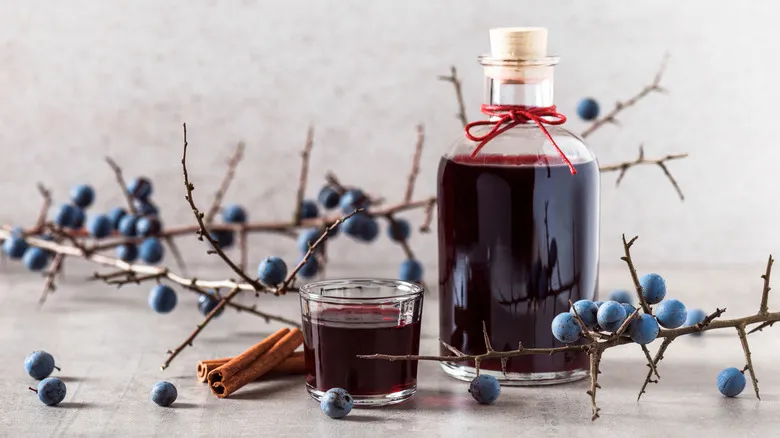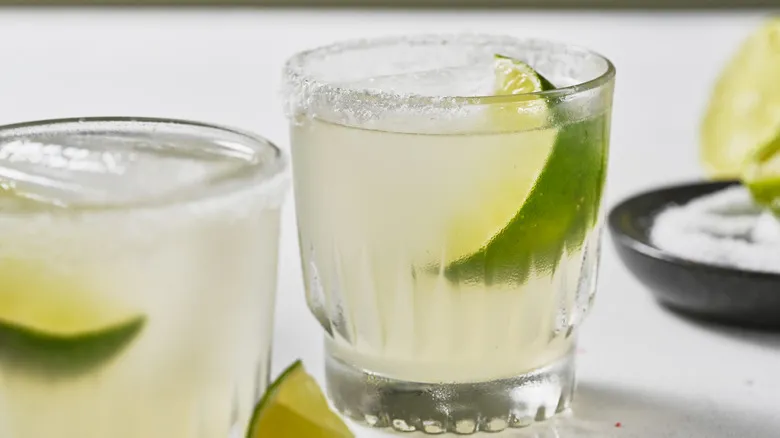What sloe gin actually is
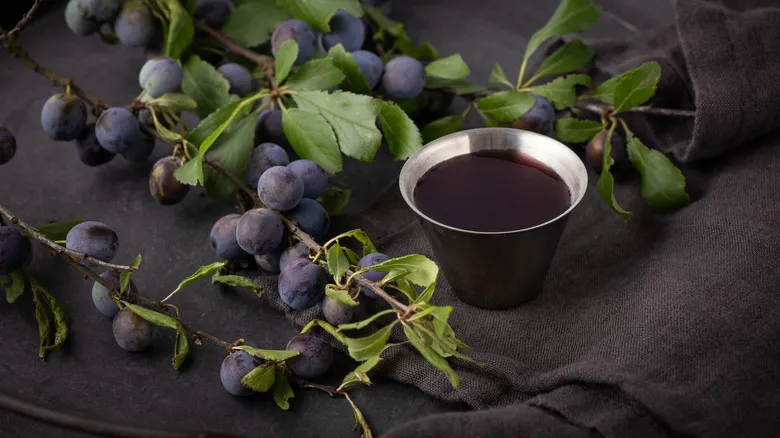
Sloe berries can be found across Europe, Asia, and Africa, but they are particularly plentiful on the islands of Great Britain and Ireland. In fact, they are so widespread in these regions that many Brits still forage for them in the wild to create their own sloe gin at home. Interestingly, sloe berries are often misunderstood; not only is sloe gin not technically classified as gin, but sloe berries themselves aren’t true berries either. They are actually a type of wild plum, specifically the smallest member of the plum family. As a result, they contain a stone at their center, which makes them less desirable as a food source, leading to their limited use outside of sloe gin and jams.
Sloe gin is crafted using three main ingredients: sloe berries, sugar, and regular gin. The process is straightforward, but it requires some patience. First, combine all the ingredients and seal them in a jar. The next step is to let it sit—waiting for about three months is essential. During this steeping period, the sloe berries not only impart their tart flavor to the gin but also give the liquid a vibrant color. The end result is a striking pink hue that makes for visually stunning cocktails.
You can swap gin for sloe gin, but there will be a difference
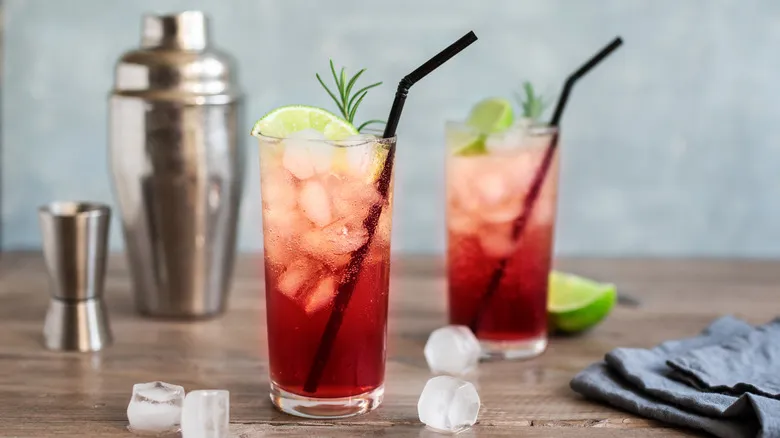
Sloe gin provides a distinctly different drinking experience compared to traditional gin. While standard gin features a light profile with hints of pine and citrus, sloe gin brings a more complex flavor. You still taste elements from the base gin, but the tartness of the sloe berries combined with the sweetness of sugar introduces an extra layer of fruitiness. Due to its unique character, sloe gin is often overlooked in discussions about the best gins for martinis and classic cocktails, but that shouldn't deter you from trying it out. You can incorporate sloe gin into many cocktails where you would typically use regular gin, and it’s particularly favored for adding a fruity twist to the classic gin fizz. Additionally, since a Negroni requires a bold gin, consider balancing the tartness of sloe gin with sweet vermouth for a distinctive twist.
Another important aspect to note when crafting cocktails with sloe gin is its lower alcohol content compared to regular gin. Standard gins usually have an alcohol by volume (ABV) of 40-50%, translating to 80-100 U.S. proof. In contrast, sloe gin typically ranges from 15% to 30% ABV, which corresponds to 30-60 U.S. proof. While it may not pack the same punch as traditional gin, it’s an excellent choice when you’re in the mood for something lighter to enjoy.
Recommended
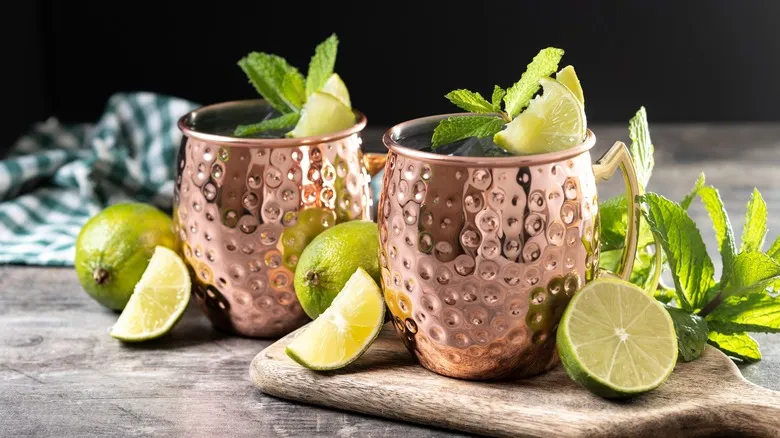
Why Moscow Mules Are Served In The Iconic Copper Mug

What Proof Is Tequila Typically?
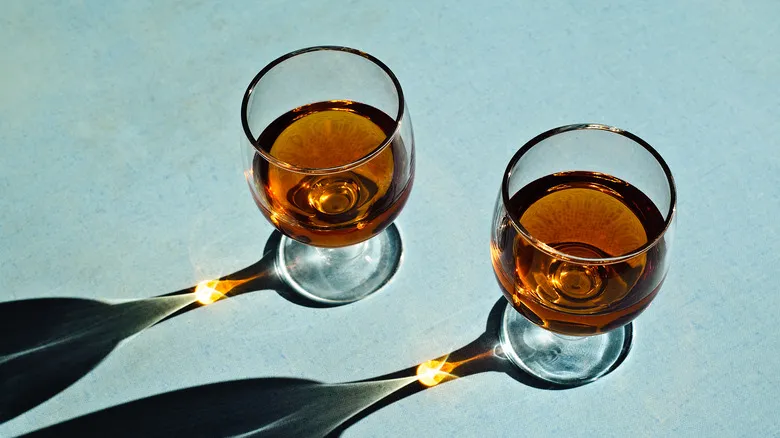
What Is Brandy Really Made From?
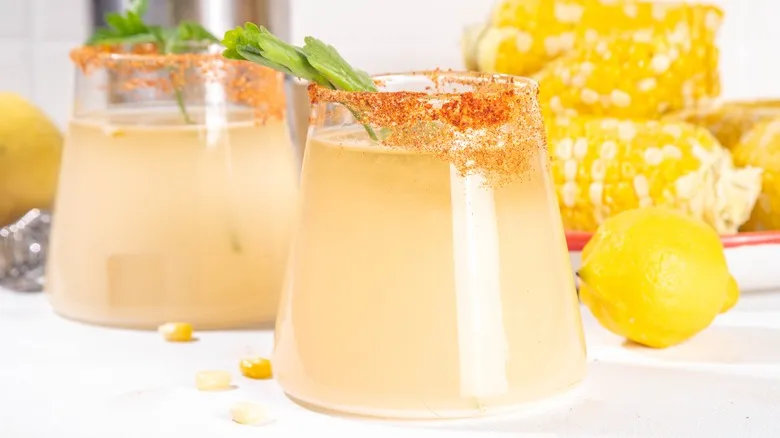
Corn Is The Unexpected Ingredient Your Cocktails Need
Next up

